Creating a harmonious community aquarium is both an art and a science. The beauty of a well-balanced tank lies not just in the vibrant colors of its inhabitants but in the careful consideration of their compatibility. Mixing different species of ornamental fish requires understanding their behaviors, environmental needs, and social dynamics. A poorly planned combination can lead to stress, aggression, or even fatalities, while a thoughtfully curated selection can result in a thriving underwater ecosystem.
Understanding fish temperament is the cornerstone of successful mixed-species keeping. Some fish are naturally territorial, while others thrive in schools. For instance, cichlids are known for their assertive personalities and may dominate more passive species like neon tetras. On the other hand, schooling fish such as harlequin rasboras or cardinal tetras feel secure in groups and can coexist peacefully with similarly sized, non-aggressive tank mates. Observing fish behavior in store tanks or researching their natural habitats provides valuable clues about how they might interact in your aquarium.
The physical environment plays an equally crucial role in mixed-species compatibility. Fish originate from diverse ecosystems - some from fast-flowing rivers, others from stagnant ponds. Replicating these conditions as closely as possible reduces stress and promotes natural behaviors. For example, hillstream loaches require strong water movement and smooth rocks to graze on, while betta fish prefer calm waters with plenty of surface plants. Creating distinct zones within the aquarium - open swimming areas, planted sections, and hiding spots - allows different species to establish their own territories and retreat when needed.
Size considerations often determine whether fish can safely coexist. The old adage "if it fits in the mouth, it's food" holds particularly true in aquarium keeping. Large, predatory fish will naturally view smaller tank mates as potential meals, regardless of temperament. Conversely, very small fish might nip at the flowing fins of slower-moving species like angelfish or fancy guppies. A good rule is to mix fish of similar body sizes and swimming speeds. Medium-sized community fish such as platies, mollies, and dwarf gouramis often make excellent centerpiece species that can bridge the gap between larger and smaller tank inhabitants.
Water chemistry represents another critical factor in mixed-species success. While many tropical fish adapt to neutral pH conditions, some have specific requirements. Discus fish, for instance, thrive in soft, acidic water that might stress livebearers like swordtails accustomed to harder, alkaline conditions. Before combining species, research their ideal pH, hardness, and temperature ranges to find overlapping parameters. Regular testing and gradual acclimation help prevent shock when introducing new fish to established communities.
Feeding strategies become more complex in mixed-species tanks. Surface feeders like hatchetfish compete with mid-water species during mealtimes, while bottom dwellers like corydoras might miss out entirely if food doesn't reach the substrate. Offering a variety of food types - flakes, sinking pellets, and frozen foods - at different tank levels ensures all fish receive proper nutrition. Timing feedings to coincide with natural activity periods (diurnal versus nocturnal species) further prevents food competition and stress.
The concept of dither fish proves particularly useful in mixed-species setups. These are active, schooling fish whose presence reassures shy species that no predators are nearby. When tetras or danios swim confidently in open water, it encourages normally reclusive fish like kuhli loaches or dwarf cichlids to venture out more frequently. This behavioral dynamic creates a more natural and engaging display while reducing stress across the entire community. However, the dither fish themselves must be compatible with other tank mates to avoid creating new conflicts.
Seasoned aquarists often employ natural hierarchies when stocking mixed-species tanks. In the wild, fish occupy specific niches - some control the upper water column, others patrol mid-levels, and many specialize in bottom dwelling. Mimicking this vertical distribution maximizes space utilization and minimizes territorial disputes. A well-designed community might include surface-dwelling pencilfish, mid-water schooling rasboras, and a group of panda corydoras cleaning the substrate, with a single centerpiece fish like a blue ram adding focal interest.
Introducing fish in the correct order can significantly impact community harmony. Generally, it's best to add the most passive species first, allowing them to establish territories before introducing more assertive fish. This prevents dominant species from claiming the entire tank as their territory. Quarantining new arrivals for several weeks before introducing them to the main tank helps prevent disease outbreaks that could affect all inhabitants. During introductions, rearranging decor can reset established territories and reduce aggression toward newcomers.
Plant selection contributes more than just aesthetic value to mixed-species tanks. Live plants provide hiding places for shy fish, break sight lines to reduce aggression, and improve water quality. Fast-growing stem plants like hornwort or water wisteria offer excellent cover for fry and small fish, while broad-leaved species like Amazon sword plants serve as spawning sites for certain species. Floating plants diffuse light for shade-preferring fish and provide security for surface dwellers. A well-planted tank often means the difference between a stressed community and a thriving one.
Even with careful planning, monitoring fish interactions remains essential. Some species develop unexpected behaviors in captivity, and individual personalities vary. Having a backup plan - whether a separate quarantine tank or a relationship with a local fish store for returns - prevents disasters when particular fish prove incompatible. Regular observation during feeding times and at different hours reveals hidden conflicts, as some species only show aggression at night or during breeding periods.
The most successful mixed-species aquariums often reflect specific biotopes - carefully reconstructed natural environments. A Southeast Asian blackwater tank might combine peaceful bettas with harlequin rasboras and pygmy gouramis, while a Central American cichlid community could feature convict cichlids with giant danios and upside-down catfish. These themed approaches not only ensure compatibility but create educational and visually cohesive displays that mimic nature's own communities.
Ultimately, mixed-species keeping represents the pinnacle of aquarium artistry, blending biological knowledge with creative vision. The shimmer of schooling fish, the graceful dance of territorial displays, and the quiet industry of bottom cleaners all contribute to a living masterpiece. With patience, research, and careful observation, aquarists can craft underwater worlds where diverse species not only coexist but enhance each other's beauty and behaviors, creating an aquatic harmony greater than the sum of its parts.
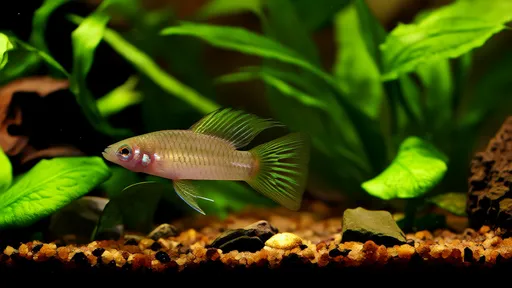
By /Jun 28, 2025
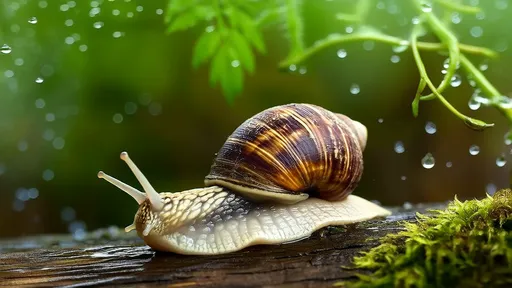
By /Jun 28, 2025
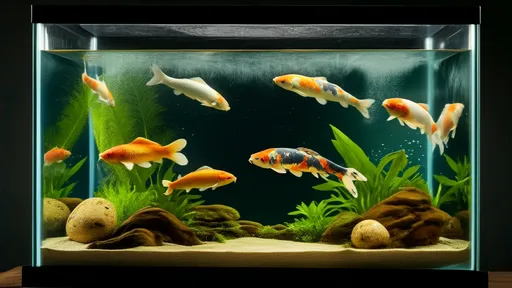
By /Jun 28, 2025

By /Jun 28, 2025
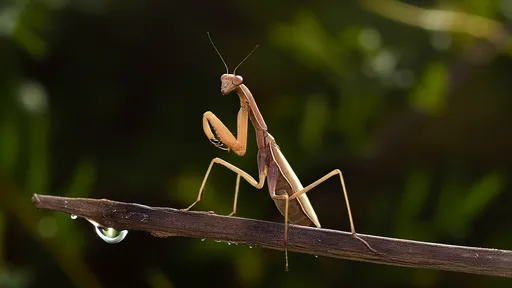
By /Jun 28, 2025
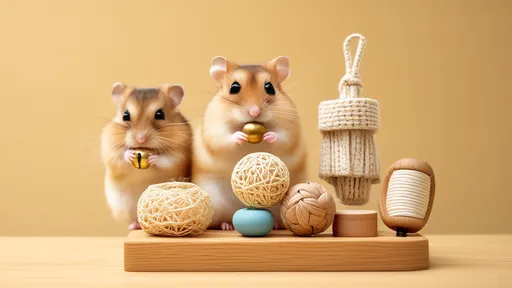
By /Jun 28, 2025
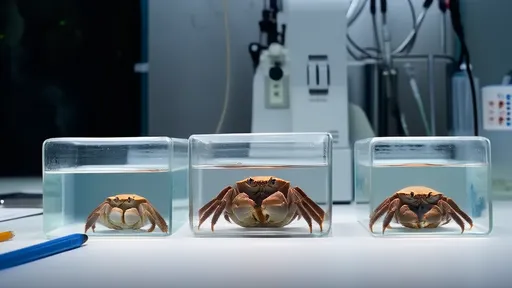
By /Jun 28, 2025
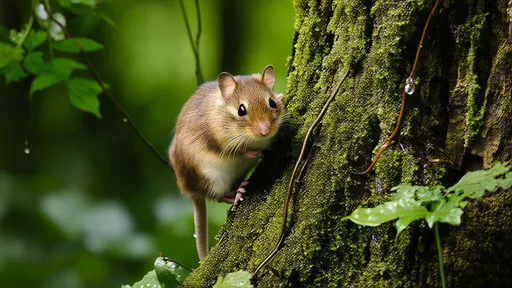
By /Jun 28, 2025
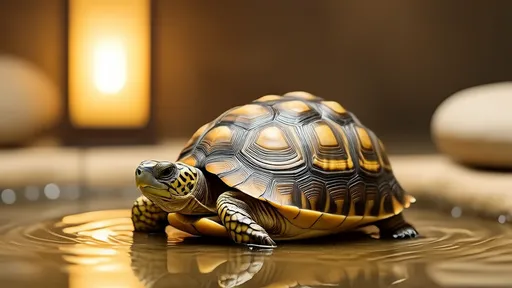
By /Jun 28, 2025
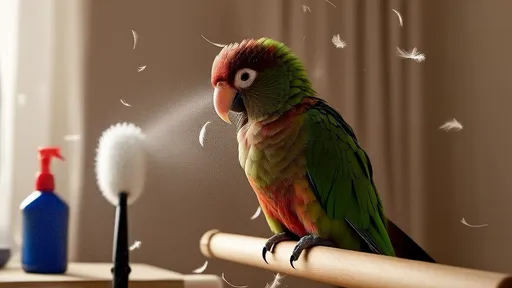
By /Jun 28, 2025

By /Jun 28, 2025
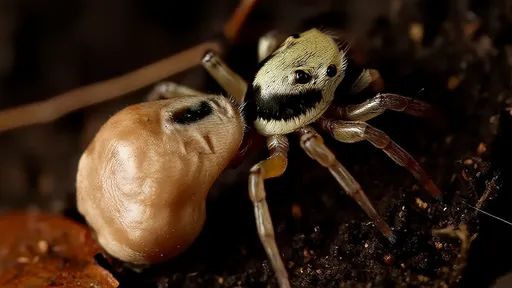
By /Jun 28, 2025
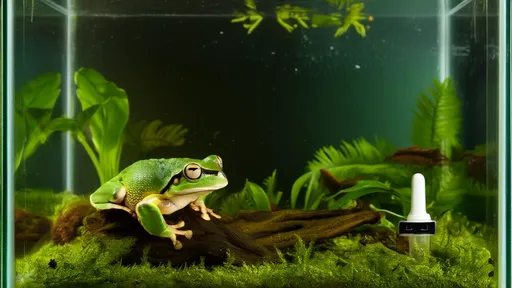
By /Jun 28, 2025

By /Jun 28, 2025
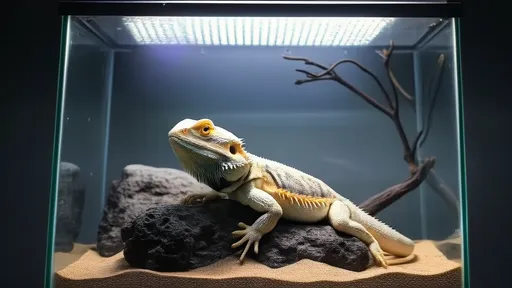
By /Jun 28, 2025
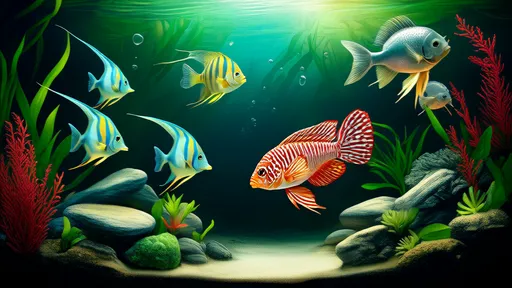
By /Jun 28, 2025
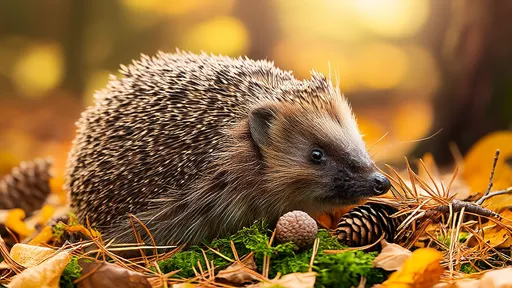
By /Jun 28, 2025